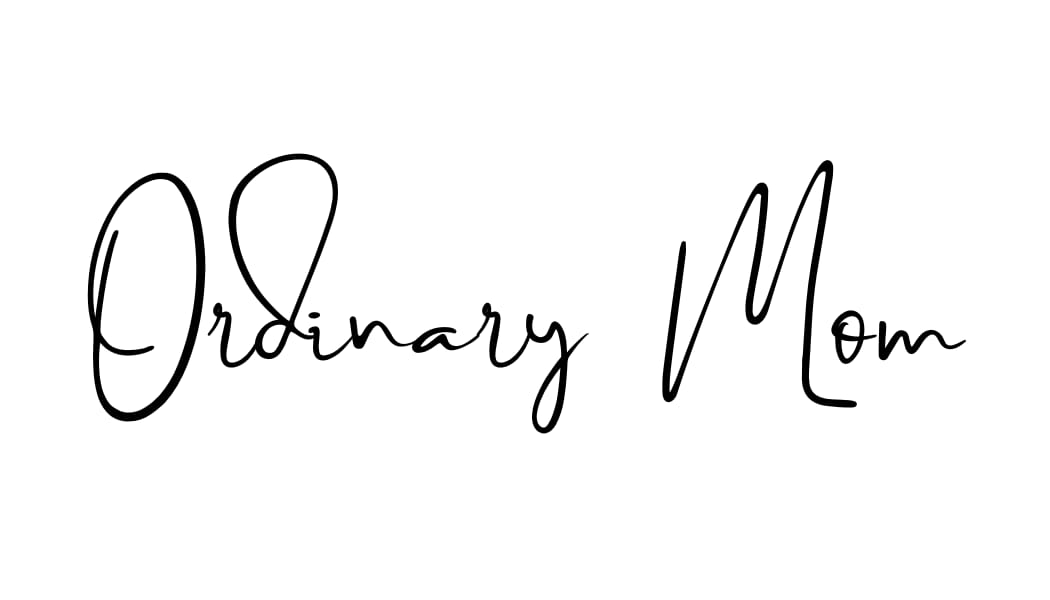🌟 A Note from Mom
Hello parents,
When it comes to toddler development, the age between 18 months and 2 years is one of the most important milestones. Research shows this is the ideal time to begin teaching toddlers feeling words because both language development and emotional intelligence for kids are growing rapidly.
By introducing emotional vocabulary early, parents can help toddlers learn to recognize and manage their own feelings, a skill that supports lifelong healthy communication.
🚀 Why 18 Months Is a Key Stage in Toddler Development
Why 18 Months Is a Key Stage in Toddler Development
Around 18 months, toddlers typically:
Use 20–50 words
Express needs more with words instead of gestures
Understand simple emotions like happy, sad, and angry
This makes it the perfect window for parents to begin teaching toddlers about emotions using specific words.
👇 Want to learn more?
⭐️ Parenting Benefits of Teaching Feeling Words
In my experience as a parent, teaching my toddler to use emotional vocabulary reduced tantrums and helped them explain feelings more clearly. Instead of crying or acting out, children can identify and label their emotions like frustrated, proud, or relieved.
This simple practice strengthens parent–child communication, improves emotional intelligence, and encourages kids to see emotions as natural and manageable.
😢 Examples of Negative Emotions for Toddlers
Disappointed – when expectations don’t match reality
“I wanted to play outside, but it rained. I felt disappointed.”
Uncomfortable – when a situation feels uneasy
“Too many people were staring at me. I felt uncomfortable.”
Hurt – when words or actions cause emotional pain
“My friend didn’t want to sit with me. I felt hurt.”
Annoyed – when something keeps bothering you
“I was drawing, but someone kept poking me. I felt annoyed.”
Frustrated – when something doesn’t go as planned
“I tried to tie my shoes, but I couldn’t. I felt frustrated.”
🤩 Examples of Positive Emotions for Toddlers
Proud – when effort brings success
Excited – when looking forward to something fun
Joyful – when happiness fills their heart
Cheerful – when your mood feels bright
Relieved – when worries disappear
Calm – when mind and body are at peace
Caring – when wanting to help others
Grateful – when appreciating kindness
Each of these words gives children a more specific way to describe what they feel.
🗓️ Gentle Planning Notes
☐ Choose one feeling word per week and repeat it in daily life
☐ Model emotions yourself (“I feel cheerful,” “I feel tired”)
☐ Use children’s books to point out characters’ feelings
☐ Pair facial expressions with emotion words
☐ Celebrate your toddler’s progress when they try new words
By weaving feeling words into daily routines, you nurture both language development milestones and emotional intelligence for kids, giving your child the tools to understand themselves and connect better with others.
With care,



